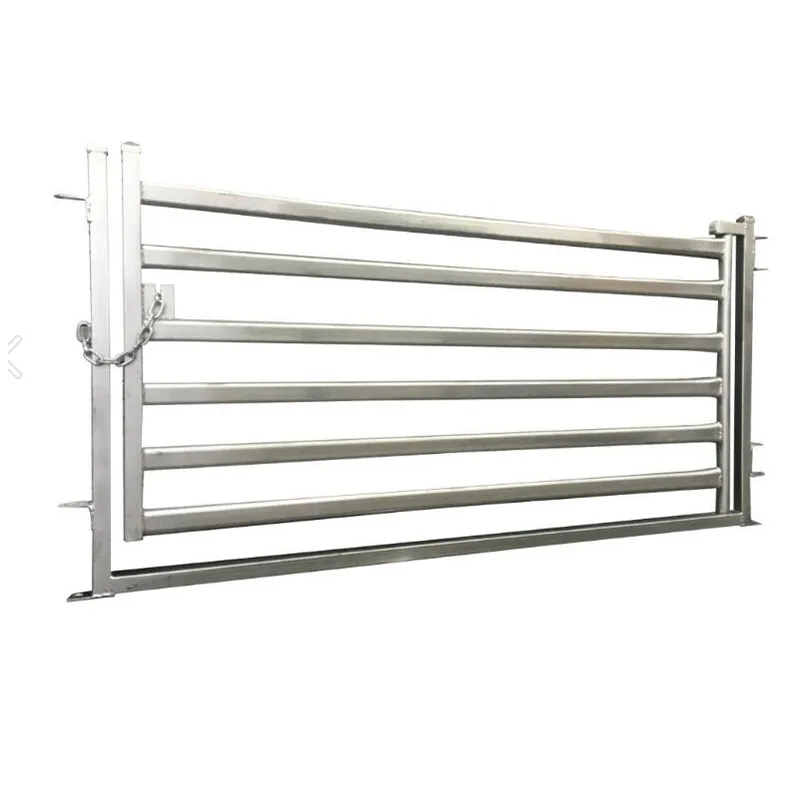
- Afrikaans
- Albanian
- Arabic
- Armenian
- Azerbaijani
- Basque
- Belarusian
- Bengali
- Bosnian
- Bulgarian
- Croatian
- Czech
- Danish
- Dutch
- English
- Esperanto
- Estonian
- Finnish
- French
- Galician
- Georgian
- German
- Greek
- hawaiian
- Hindi
- Hungarian
- Indonesian
- irish
- Italian
- Lao
- Latvian
- Lithuanian
- Luxembourgish
- Macedonian
- Maltese
- Myanmar
- Norwegian
- Polish
- Portuguese
- Romanian
- Russian
- Serbian
- Slovak
- Somali
- Spanish
- Swedish
- Thai
- Turkish
- Turkmen
- Vietnamese
dec. . 11, 2024 09:15 Back to list
Designing a Compact Padel Court for Efficient Urban Spaces and Enjoyable Play
The Rise of Small Padel Courts A Growing Trend in Urban Sports
In recent years, padel has emerged as one of the fastest-growing sports globally. Combining elements of tennis and squash, this racket sport is played on a smaller court, making it particularly appealing for urban environments where space is at a premium. The rise of small padel courts reflects a broader trend towards compact sports facilities that cater to busy city dwellers looking for convenient ways to stay active.
What is Padel?
Padel originated in Mexico in the 1960s and has since gained popularity in Europe and beyond. The game is played in pairs on an enclosed court, which is roughly one-third the size of a traditional tennis court. The small size of padel courts contributes to a more dynamic and fast-paced game, making it accessible for players of all ages and skill levels. The enclosed walls allow for unique shot possibilities, enhancing the excitement and strategy of the game.
Advantages of Small Padel Courts
One of the most significant advantages of small padel courts is their adaptability to urban settings where space is limited. Traditional sports facilities often require expansive areas, constraining the development of new sporting venues in cities. Small padel courts, on the other hand, can fit into various locations, including parks, rooftops, and even parking lots. This versatility allows communities to incorporate sporting activities into their daily lives without needing significant investments in infrastructure.
Moreover, small padel courts promote social interaction. The game is typically played in doubles, encouraging camaraderie and teamwork. Whether it's friends playing for fun or competing in local leagues, padel fosters a sense of community and promotes active lifestyles. This social aspect is crucial, especially in urban areas where isolation can be a challenge.
small padel court

The Economic Impact
As the popularity of padel grows, so does the economic benefit it brings to urban areas. The construction of small padel courts can create jobs and stimulate local economies. With the increasing demand for affordable and accessible recreational spaces, many entrepreneurs are investing in padel facilities, contributing to job creation and generating income through memberships, coaching, and events.
Additionally, small padel courts can serve as venues for tournaments and exhibitions, attracting not only local players but also tourists and sports enthusiasts. These events can provide a boost to local businesses, including restaurants, hotels, and retail stores, further enhancing the economic impact of padel on urban communities.
Conclusion
The trend of small padel courts reflects the growing demand for accessible, engaging recreational options in urban areas. As cities continue to evolve and adapt to the needs of their residents, the integration of such facilities will likely become more common. Padel, with its dynamic gameplay and social nature, offers an excellent way for individuals and communities to engage in physical activity, promote wellness, and build connections.
As we look toward the future, it is clear that small padel courts will play a significant role in shaping the landscape of urban sports. They not only cater to the needs of busy city dwellers but also contribute to healthier, more connected communities. With its rising popularity, padel is set to become a staple in the next generation of urban sporting experiences, making it more than just a game, but a lifestyle choice for many.
-
The Vital Role of Wire Mesh in Construction
NewsJul.01,2025
-
The Essential Benefits of Welded Wire Mesh
NewsJul.01,2025
-
Secure Your Property with Field Farm Fence
NewsJul.01,2025
-
Expert Chain Link Fence Installation
NewsJul.01,2025
-
Discover the Versatility of Hexagonal Wire Mesh
NewsJul.01,2025
-
Barbed Wire
NewsJul.01,2025









